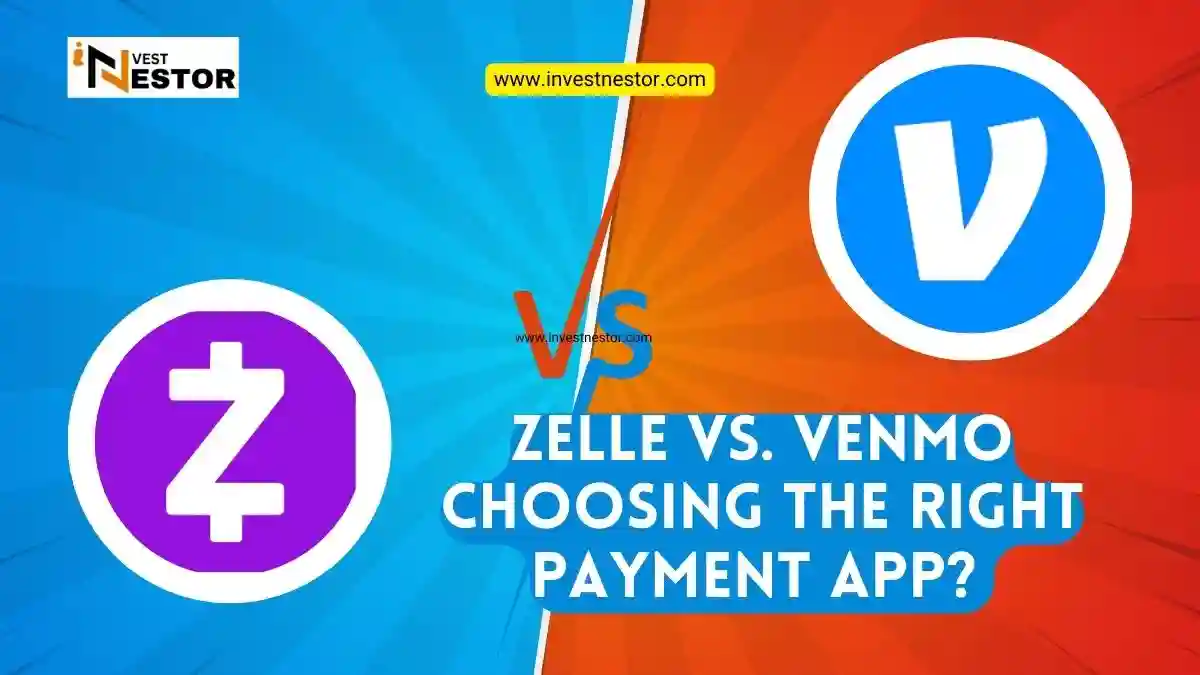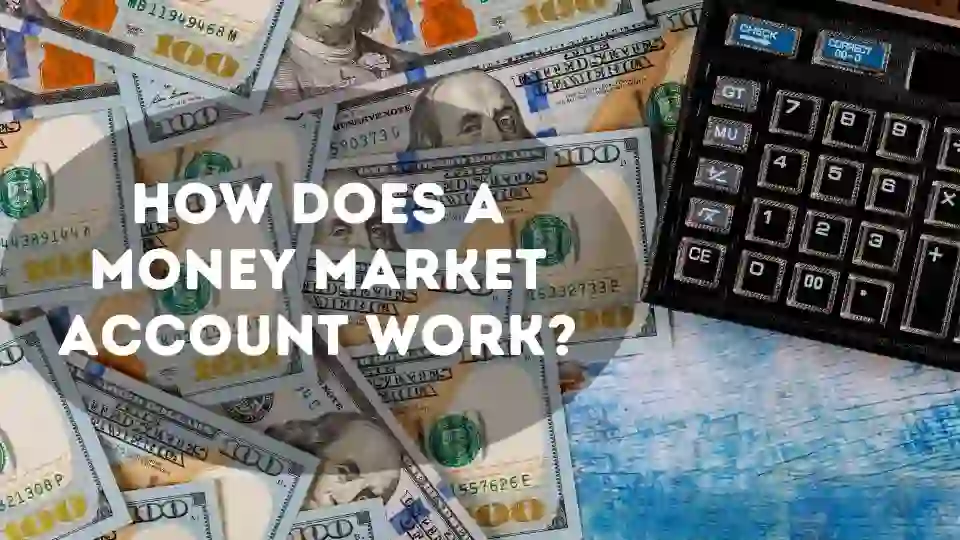
Zelle vs. Venmo: Which Is Better and What's the Difference?
What is the difference between Zelle and Venmo? They first appear to be quite comparable mobile payment apps. Looking further, you'll find several crucial distinctions to consider before choosing one. Most people use one to send money to friends and family, split bills, and pay rent. But how do you decide? We have everything covered. In this ultimate guide, we'll compare Zelle vs Venmo head to head so you can pick the best payment app based on features, fees, security, and more.
Key Highlights
Choose between Zelle and Venmo based on what suits you best.
Choose Zelle for lightning-fast transactions and higher limits.
If you're into social features and global accessibility, Venmo might be your jam.
An Overview of Zelle and Venmo
Popular mobile payment applications Zelle and Venmo let you transfer and request money from friends and family. While they share several primary qualities, there are notable differences:
Key Features Compared
Zelle is built into many major US bank mobile apps, like Chase, Bank of America, and Wells Fargo. To use Zelle, sign in to your bank's app and find the "Send Money" feature. You can send money to people even if they bank somewhere else. Transfers between accounts are fast, often taking place in minutes.
PayPal owns the standalone app Venmo, which you may attach to your credit/debit cards or bank account. It has a social feed showing your payment activity and emojis to make payments more fun. However, Venmo payments typically take 1-2 days to process into your bank account.
Security-wise, Zelle is safer since it's provided directly by your bank. Venmo uses encryption and fraud monitoring, but some worry about scams on their social feed.
The best option depends on how soon you need payments processed and how much you value features like bank connection or social payments. Why not test both and see which one works best?
Zelle vs. Venmo: Which Is Better for Sending Money?
Popular peer-to-peer payment apps include Zelle and Venmo. Which method is best for sending money to family?

Features
Zelle is built right into many major banks' mobile apps, like Chase, Bank of America, and Wells Fargo. Sending money requires only the recipient's email or phone number. Venmo lets you pay using a bank account or debit card.
Both services are free for personal transactions, allow rapid transfers, and protect purchases. However, Venmo has more social features, like a newsfeed to see friends' payments and the option to share payments on other social networks. Zelle keeps things simple without the social aspects.
Limits and Fees
Zelle and Venmo have similar limits for personal payments, around $2,000 to $5,000 per week. Venmo applies a 3% fee on credit card payments, while Zelle only allows bank account or debit card payments with no fees.
Zelle may be better for larger or business payments since there are higher limits and no fees. Venmo limits business transactions to $9,999.99 per week and charges a 1.9% plus $0.10 fee for most business payments.
Availability and Compatibility
Zelle works with over 100 financial institutions, while Venmo only works with a select group of central banks. So, more people likely have access to Zelle through their existing bank app. Both services provide web access and applications for iOS and Android.
It ultimately comes down to personal choices and requirements. Zelle is an excellent option if you want an easy method to pay pals through your bank. Venmo is definitely more suited for you if you're looking for additional social features and payment choices. With these well-liked peer-to-peer payment platforms, you can't go wrong.
Security, Fees, and Key Differences Between Zelle and Venmo
There are some significant distinctions between Zelle and Venmo in terms of security, costs, and other crucial elements.
Security
With the app's social network feature, you may share money with pals via Venmo. Zelle opts for more privacy and shares no details about your payments or purchases. If discretion is a concern, Zelle may be the better choice.
-
Zelle does not share personal details or purchases.
-
Venmo has a social feed and public transactions.
Fees
Both services are free for standard personal payments between friends and family. However, there are some fees to be aware of:
-
Zelle does not charge any fees.
-
Venmo applies a 3% fee on credit card payments and a 1% fee for instant transfers to your bank account.
Venmo also has monthly limits on free instant transfers, charging a fee if you go over. Zelle has higher limits and no fees for bank transfers. The fees can add up quickly with Venmo for more extensive or commercial payments.
Other Differences
A few other critical points of difference to note:
-
Zelle is built into many major US bank mobile apps, while Venmo is separate.
-
Zelle only works with US bank accounts, while Venmo accepts credit and debit cards.
-
Venmo has more features like payment splitting, transaction history, and purchase protection.
-
Zelle typically has faster transfers between enrolled banks within minutes. Venmo can take 1-3 business days.
In the end, it depends on what factors matter most to you. Evaluate your needs around security, fees, features, and convenience to determine if Zelle or Venmo is the better option for your digital payments and money transfers.
Final Words
So there you have it, the complete breakdown of Zelle vs Venmo. They are comparable, yet they are also very different. Choose the service based on what you require. Whether you prefer Zelle's speed and security or Venmo's social features and convenience, you can quickly and easily send or request money from friends and family. What matters most is that these services give you more money, freedom, and control. Start using these tools now! The future of payments is here.
FAQs
What Is the Main Difference Between Zelle and Venmo?
Zelle and Venmo are digital payment platforms, but their functionality is the key difference. Zelle usually integrates with your bank account for immediate transfers. Venmo is a standalone digital wallet that lets users save cash and send money to other users.
Which Platform Has Wider Availability Between Zelle Vs Venmo?
In terms of availability, Zelle has a broader reach than Venmo. Zelle is integrated with several bank applications. Venmo is popular but requires a US bank account and phone number.
Are There Any Transaction Limits with Zelle and Venmo?
Zelle and Venmo have transaction limits but differ in the maximum amount allowed. Zelle typically allows higher transaction limits, often depending on your bank's policies. Conversely, Venmo has a standard weekly transaction limit that can be increased by verifying your identity.
Which Platform Offers Faster Transfers?
When it comes to speed, Zelle generally offers faster transfers than Venmo. Since Zelle is integrated with banks, the transfers are often instantaneous if both parties have accounts with participating banks. Venmo transfers, on the other hand, may take a few minutes to process, especially if there are any verification or security checks involved.
Editor Picks For You


 to Your Advantage.webp)



0 Comments
Add a comment